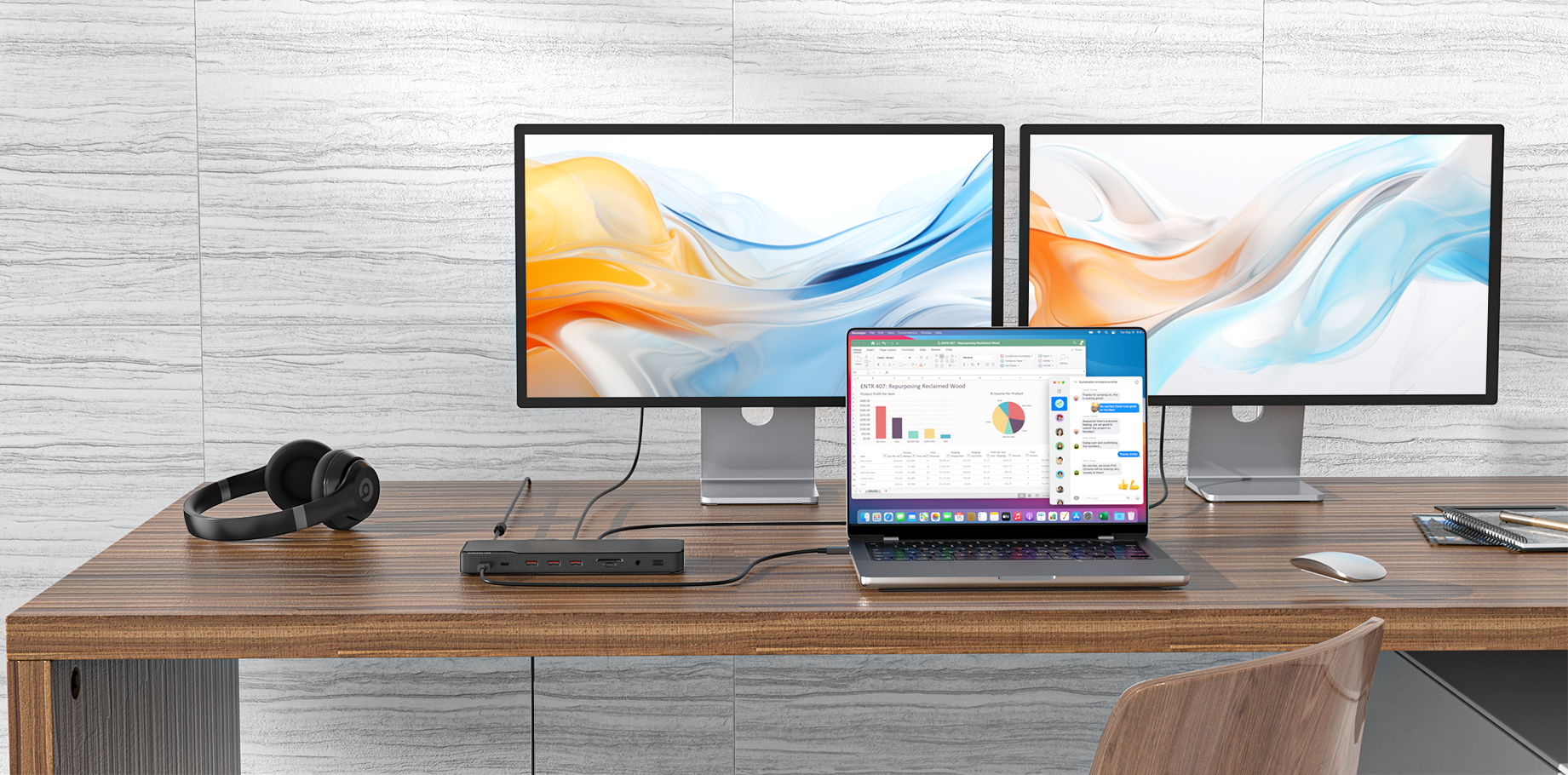Physical Inspection
First, let's clarify that the ports and cables themselves don't physically differ between DP 1.2 and 1.4. The connector is the same 20-pin design we've had since DisplayPort's introduction. This means:
- You can't identify the version just by looking at the port or cable;
- The same cable can often work with both standards (though for best results with DP 1.4, get a certified cable).
Software Identification Methods
On Windows:
1. Right-click your desktop and select "Display settings";
2. Scroll down and click "Advanced display settings";
3. Click "Display adapter properties" for the relevant monitor;
4. Go to the "Monitor" tab;
5. Look for the "DisplayPort version" or similar information.
On macOS:
1. Click the Apple menu > "About This Mac";
2. Click "System Report";
3. Under Hardware, select "Graphics/Displays";
4. Look for DisplayPort version information in your display details.
In GPU Control Panels:
- NVIDIA Control Panel: Under "Display" > "System Information";
- AMD Radeon Settings: Under "Display" tab;
- Intel Graphics Command Center: In display information.
Technical Differences to Check
While the ports look identical, here are the key technical differences that can help you identify which version you're using:
| Feature | DP 1.2 | DP 1.4 |
| Max Bandwidth | 17.28 Gbps | 25.92 Gbps |
| Max Resolution@60Hz | 3840×2160 (4K) | 5120×2880 (5K) |
| HDR Support | Limited | Full |





